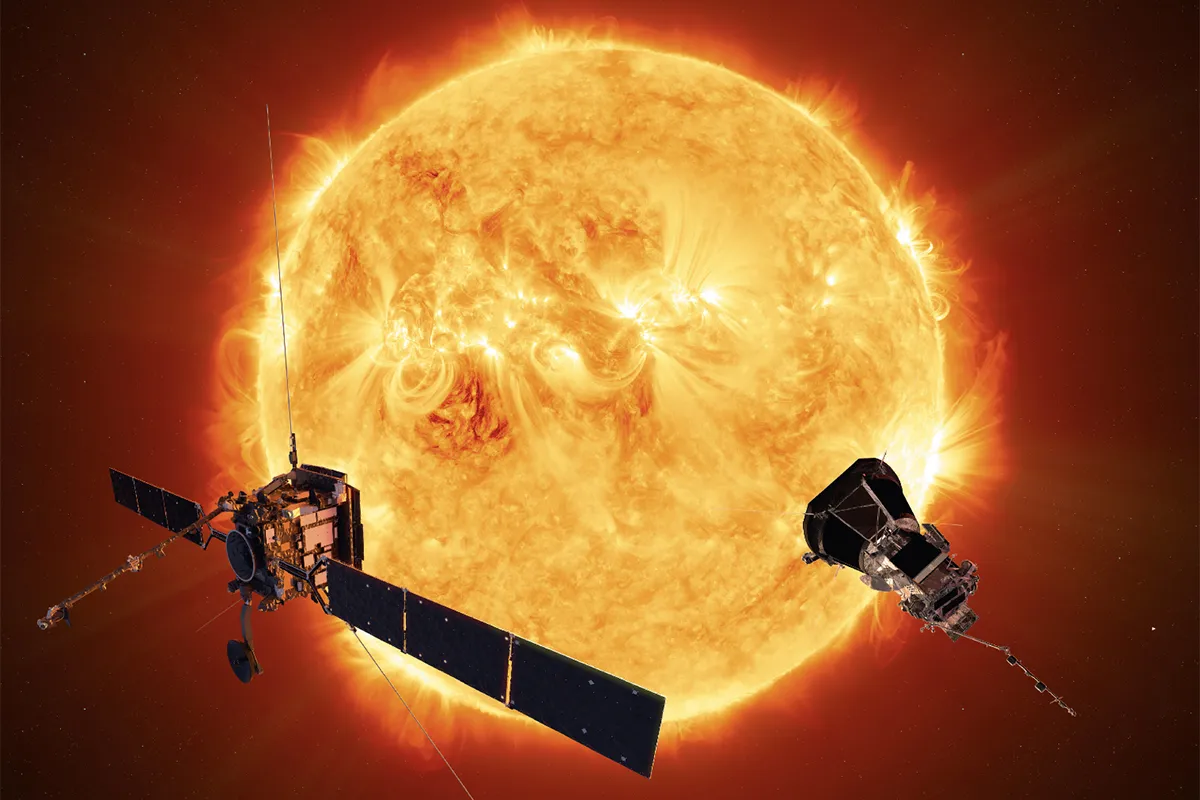You might think that it would be the problem of cooling a spaceship as it approached the Sun that would be the limiting factor in how close a crewed craft could travel to the Sun.
But thermal protection is a well-developed field.
Missions that travel close to the Sun to explore the planet Mercury, for example (like Bepi Colombo) or even the Sun itself (like Parker Solar Probe and Solar Orbiter), use advanced cooling systems combined with highly reflective materials to allow them to operate.

Radiation poses a far greater risk, even at distances beyond Earth, out to Mars’s orbit.
The Sun’s activity roughly follows an 11-year cycle called the Solar Cycle, and there are greater risks of solar storms around the solar maximum.
Astronauts caught outside Earth’s protective magnetosphere during a solar storm can be exposed to lethal doses of radiation in minutes without adequate shielding.
Future missions to Mars could use spacecraft with water-filled walls that would double as a shield from solar radiation.
And launches would be timed to avoid travelling out or back around solar maximum.
Even outside the most dangerous times, living in space is extremely hazardous.
So far, no human has yet travelled further than the far side of the Moon, which is still nearby, even in Solar System terms.
The dangers of long-term exposure to radiation, and even the potential psychological problems of travelling close to the Sun, are still relatively unknown.
So there is no specific distance from the Sun that is considered safe for humans to travel, as even in Earth orbit spacecraft and astronauts can suffer severe damage from our star.
Crewed missions to the innermost planet, Mercury, are therefore highly unlikely.

